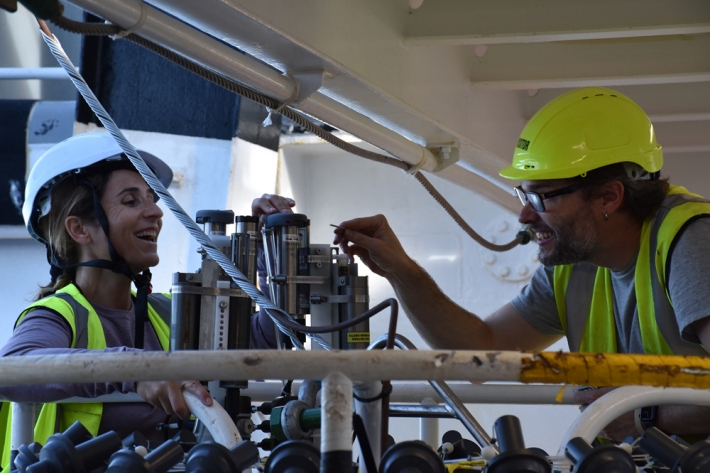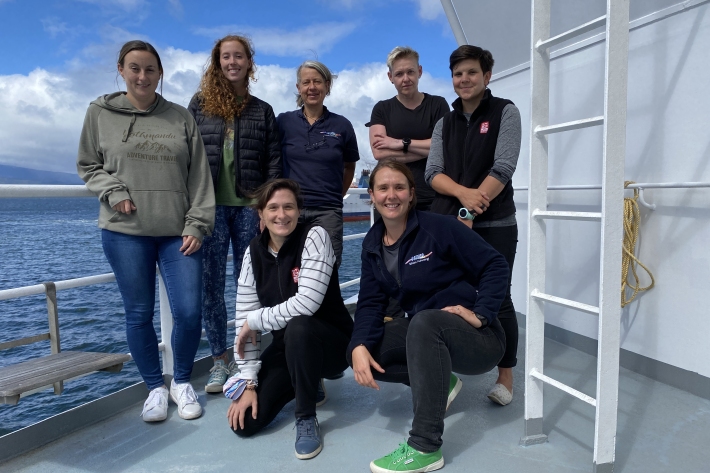-

Ross Sea “ACTUATE” Voyage - TAN2502
RV Tangaroa voyage to the Ross Sea, the ship’s 16th voyage to Antarctica and Southern Ocean. -
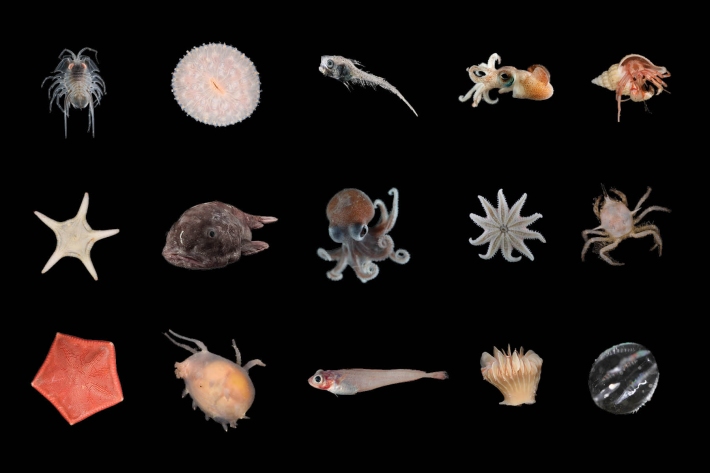
Ocean Census – Bounty Trough research voyage - TAN2402
VoyageA team of scientists spent 21 days investigating the unexplored Bounty Trough -
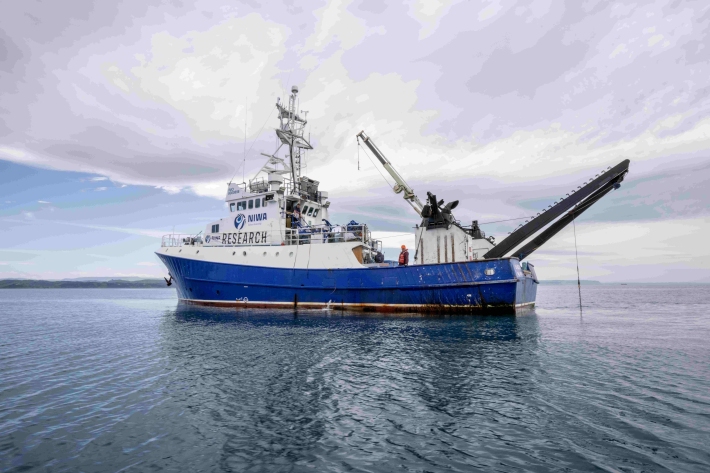
Cyclone impacts on fisheries and seabed ecosystems - KAH 2303 & 2306
VoyageKaharoa Voyages KAH 2303 & 2306 -

Marine heatwaves
Research ProjectTemperatures around Aotearoa New Zealand are increasing, and not just on land. Amid a changing climate, significant marine heatwaves have impacted Aotearoa over the past decade and are expected to become more frequent and intense. -
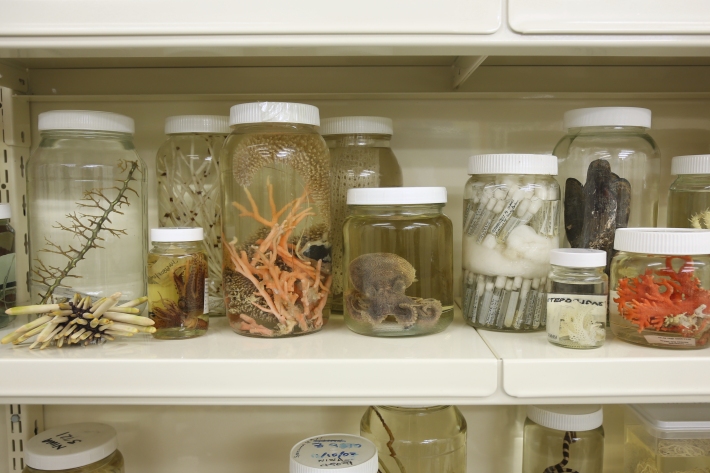
NIWA Invertebrate Collection
Software Tool/ResourceThe NIWA Invertebrate Collection (NIC) holds specimens from almost all invertebrate phyla. This is a result of about half a century of marine taxonomic and biodiversity research in the New Zealand region, the South West Pacific and the Ross Sea, Antarctica. -
Twenty thousand leagues under the sea: Uncovering mysteries of the deep ocean
Media release27 June 2023Scientists have returned from a 14-day expedition to one of the most unexplored parts of the ocean. -

NIWA Vessels
NIWA's vessels are world-class environmental monitoring and research platforms. -

Tonga eruption and tsunami shock the world
The Hunga-Tonga Hunga-Ha'apai volcano generated the biggest atmospheric explosion recorded on Earth in more than 100 years. -
Tasman Sea tsunami - TAN2111
VoyageYou’ll be blown away by what these women in science are doing onboard RV Tangaroa in the Tasman sea! -
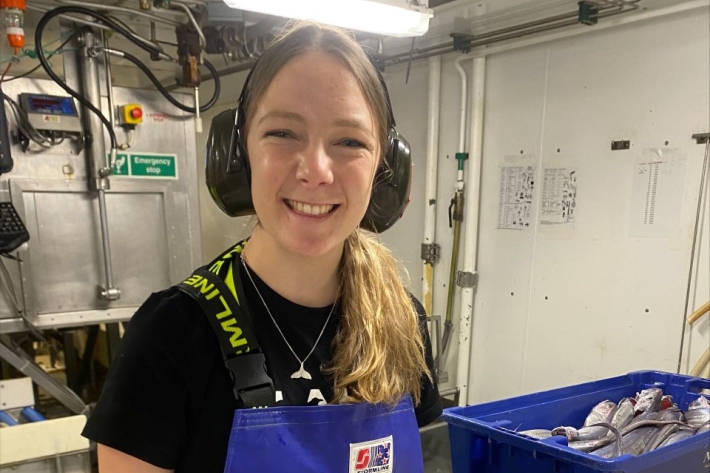
Chatham Trawl Survey - TAN2201
VoyageThe NIWA research ship Tangaroa was chartered by the Ministry of Primary Industries to survey the hoki fishery on the Chatham Rise during January 2022. -

Argo floats
Research ProjectSince the early 2000s, NIWA has been part of the international Argo programme, which is deploying floats to measure temperature and salinity throughout the world's oceans. -
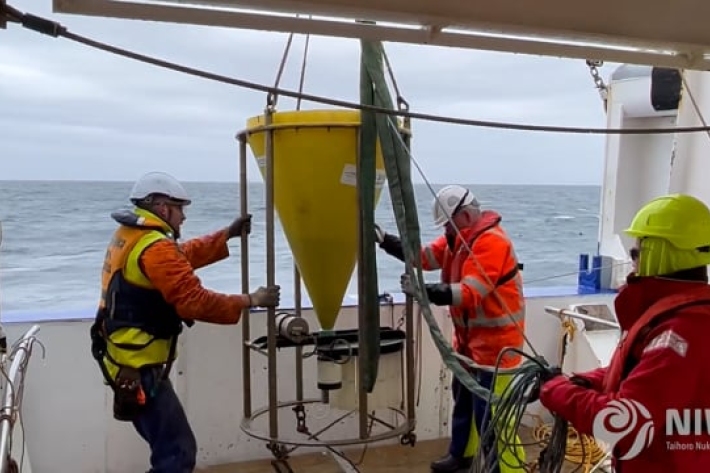
Kaikōura Canyon - TAN2112
VoyageKaikōura Canyon reveals its muddy secrets

